George Westinghouse, Powering the World
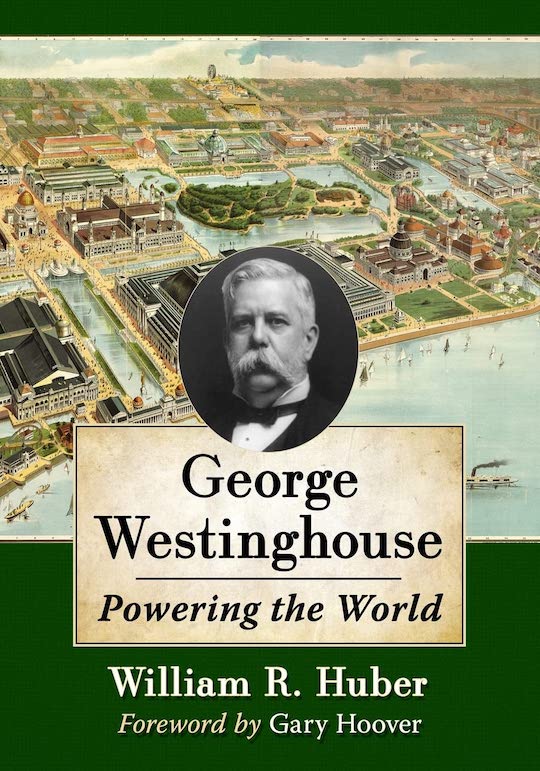 by William R. Huber
by William R. Huber
Westinghouse: It’s one of those names we just seem to know. It’s familiar. But what do you really know about the man whose surname is so familiar? True confession, my own awareness was truly lacking—but is no longer, having read this thoroughly researched and well written biography telling of the man named George Westinghouse, Jr and of his considerable achievements and accomplishments.
William Huber begins his book acknowledging he is a native Pittsburgher noting that, “an attentive listener can discern that fact after two sentences of random conversation” for “our dialect and colloquialisms instantly brand us.” He goes on to describe that growing up in that city he recalls “seeing the name Westinghouse and trademark ‘Circle-W’ everywhere.” But when he went looking for a book about the man, he found only two, one published in 1919, the other in 1921 and, as he wrote in his introductory pages, both “too close in time to evaluate [Westinghouse’s] lasting impact” as each was written and published less than a decade after their subject’s 1914 passing.
The maps of the greater Pittsburgh area shown on the page pair immediately below graphically indicate the number of area businesses started and operated by Westinghouse although not all of the sixty-some companies he would eventually establish were all located in Pittsburgh. The maps do share some common ground on the gutter side of the pages as indicated by the business locations numbered 4, 6, and 7 identified in the legend.
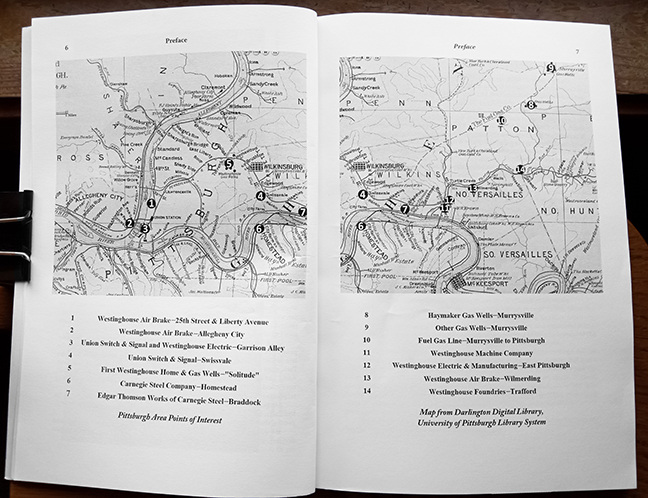
Huber describes Westinghouse (1846–1914), who was in reality named after his father so George Junior, as “an imposing man in physical stature, seminal accomplishments, and deep morality” who treated his employees—ultimately numbering in excess of 100,000—with great consideration. Those last few words are particularly striking as that’s so rarely heard of in today’s world’s societies.
As Huber describes him, Westinghouse’s mind was always engaged—in everything in and of life. Perceiving a problem, his mind kept worrying over it as he sought means of addressing and rectifying. That restless—and innovative—mind would result in Westinghouse filing for—and being awarded—361 patents over his lifetime.
One of his earliest patents, although not the first, is still key to railroad safety globally to this day, nearly 150 years since its 1879 granting. That landmark patent was for his idea, which he fully developed, of a triple valve automatic air brake that he continued to refine over the ensuing decades as documented by the additional applicable patents granted. The diagram below is the 1918 version and is shown and explained in greater technical detail in one of the book’s six appendices.
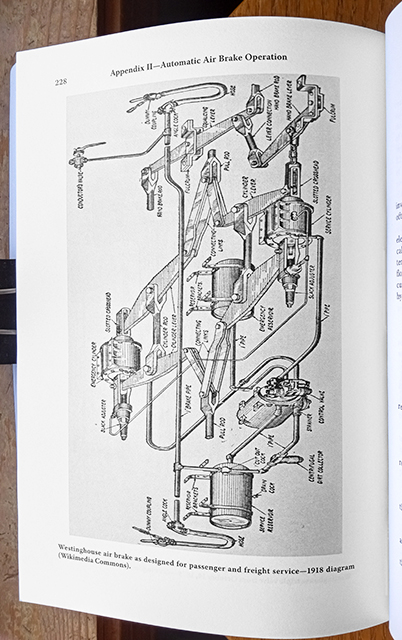
Diagram showing the triple valve railroad automatic air brake system Westinghouse designed and originally patented in 1879 to quickly, safely bring passenger and freight trains to a halt.
Far ranging and long influential as that earliest granted patent has been, it didn’t stop there. Westinghouse’s curiosity and concern also led to many additional patented creations that influence life to this day and at least two key services delivery infrastructures.
Westinghouse determined there must be a safer, better way to supply natural gas to homes and businesses. Once he’d identified and set his mind to solving a problem, he was a bit like that proverbial bulldog in that he wouldn’t (couldn’t is probably more accurate) let go until he’d solved it. This natural gas distribution “problem” resulted in his inventing—and yes, patenting—a reduction valve that regulated natural gas flowing out of its distribution pipes in low-pressure bursts. And it was working on this safe distribution of natural gas that convinced him there had to be a safe way to distribute electricity, too. That led to him championing alternating current rather than direct, thus playing a major role in AC current dominating our day-to-day existence in North America. In turn, that progressed to Westinghouse designing and building early steam turbine engines, followed by his designing and building the first hydroelectric power plant at Niagara Falls.
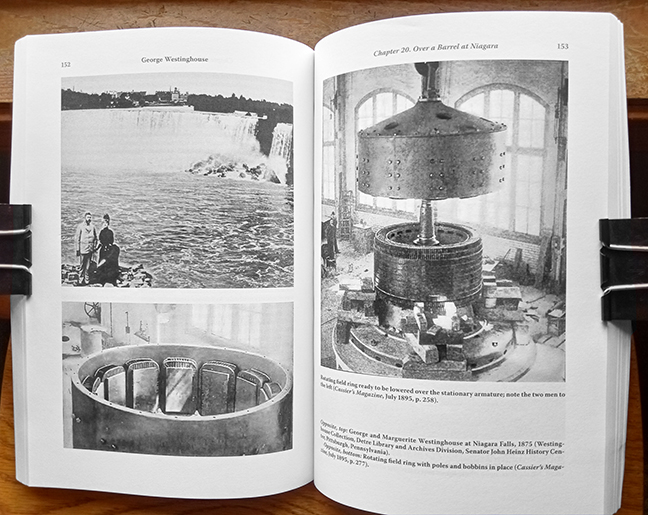
Top left: George and Marguerite Westinghouse dwarfed by Niagara Falls. The machinery shown in the other two images is, bottom left, the rotating field ring with poles and bobbins in place and, opposite, the field ring being lowered over the stationary armature of one of those Westinghouse-designed and -built hydro-electric 5,000 hp generators in the Niagara Falls powerhouse.
All that Westinghouse did is more extensive than can be enumerated here. It remains for you, the interested and curious reader, so delve into your own copy of this engrossing book to discover the man who, it is no exaggeration to describe, was exceptional in all ways and who so benefited and made better the world for those who would come after him—thee and me included!
Copyright 2023 Helen V Hutchings, SAH (speedreaders.info)


 RSS Feed - Comments
RSS Feed - Comments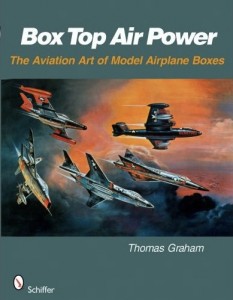

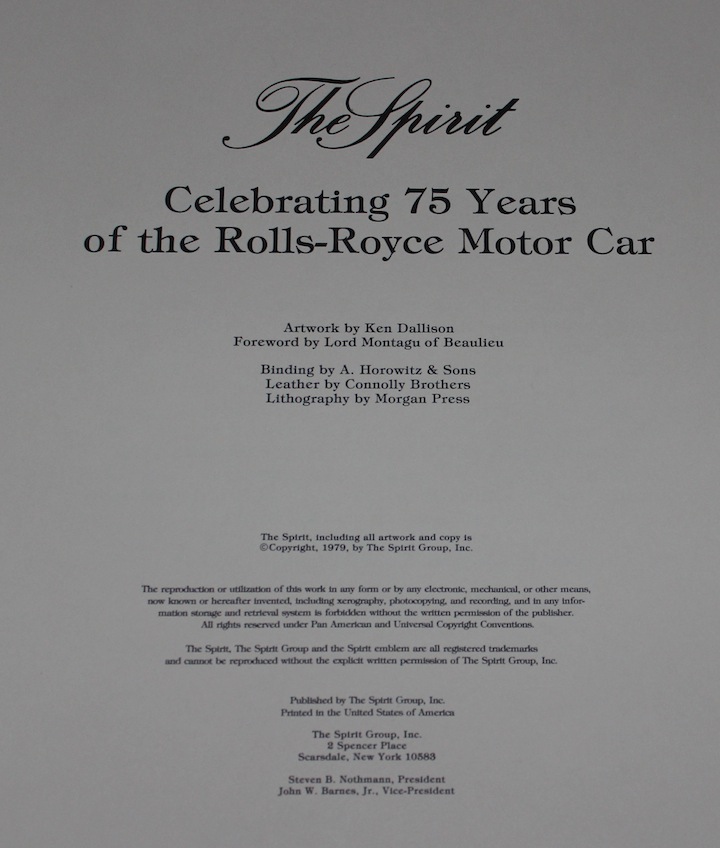
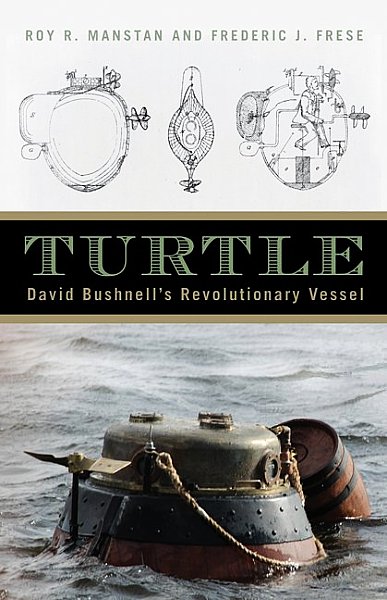

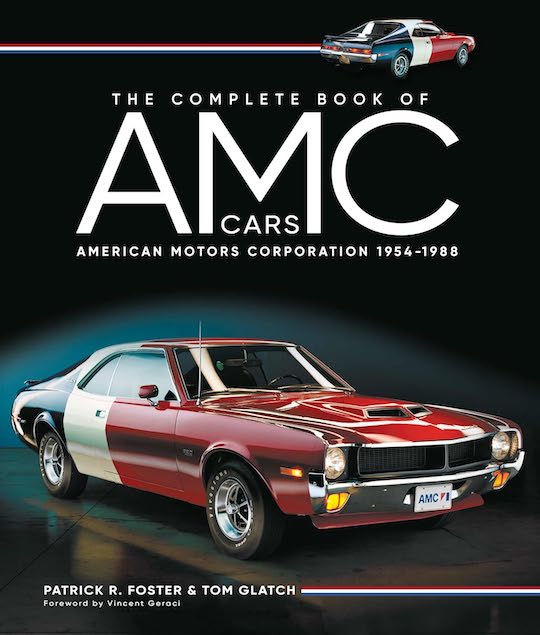


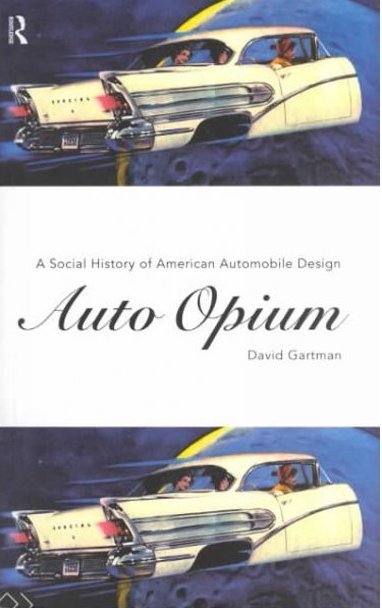
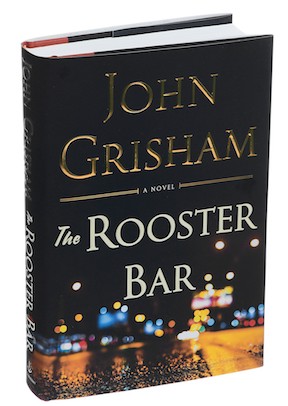
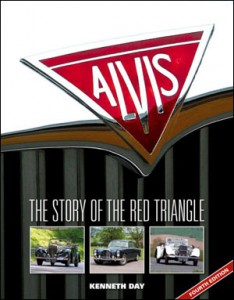


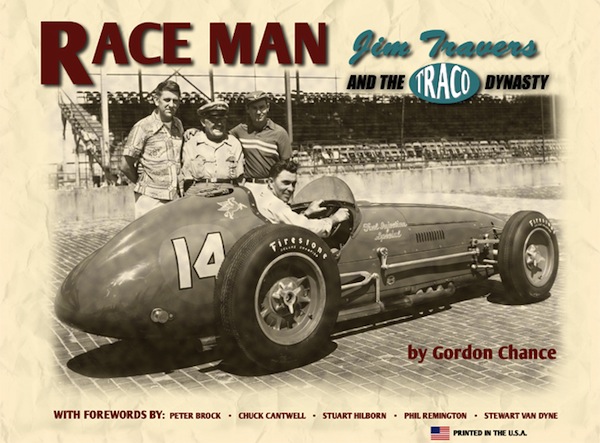
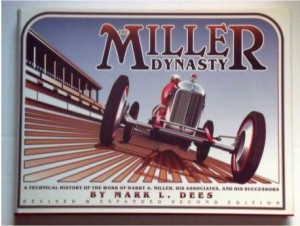

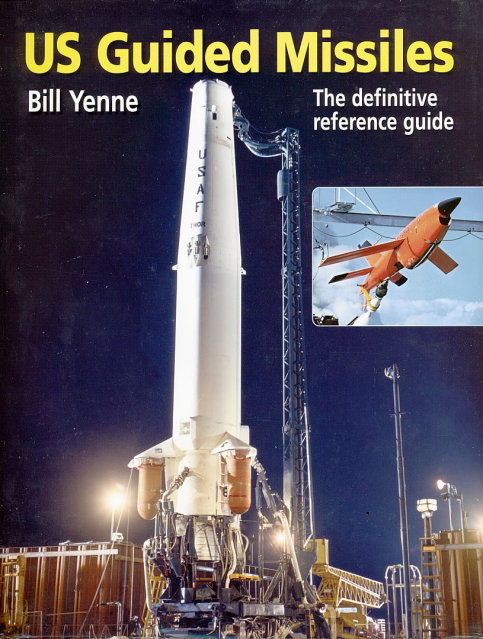
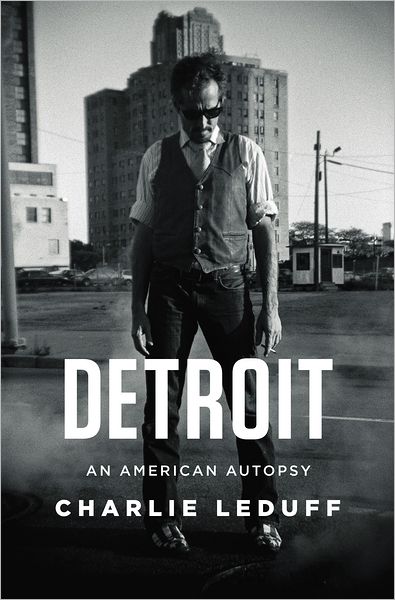

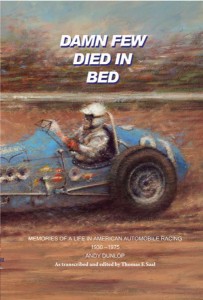
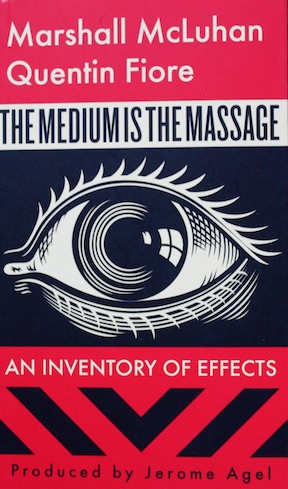




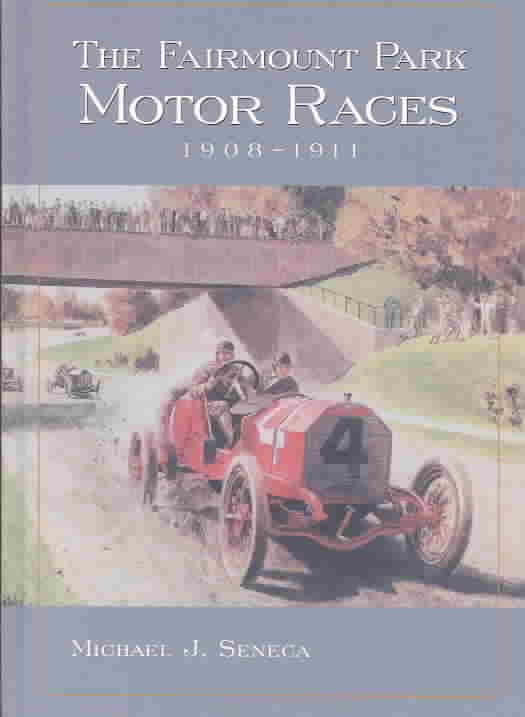
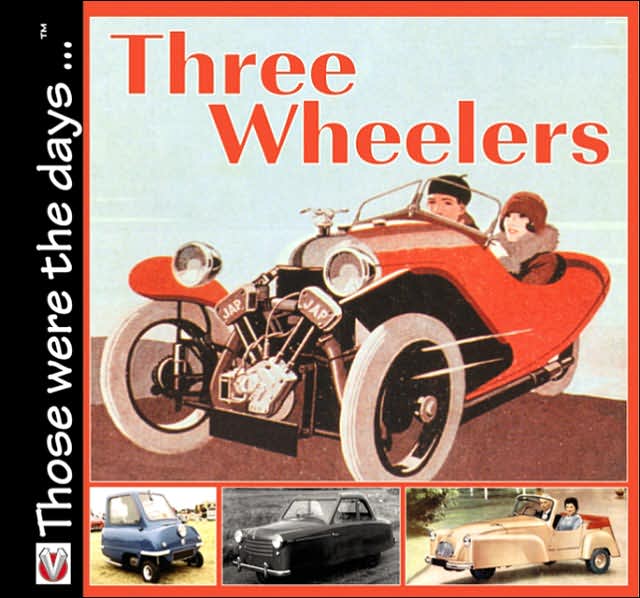

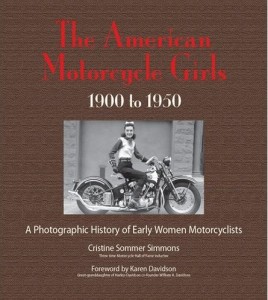
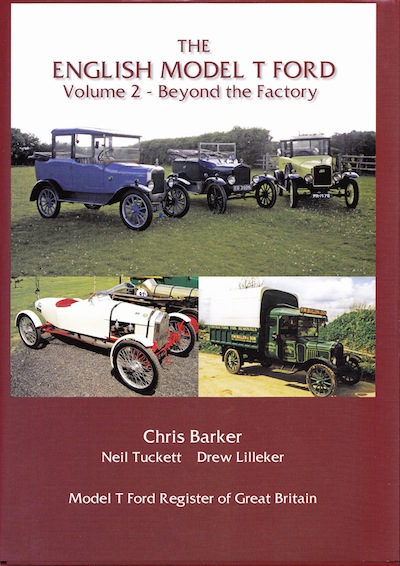
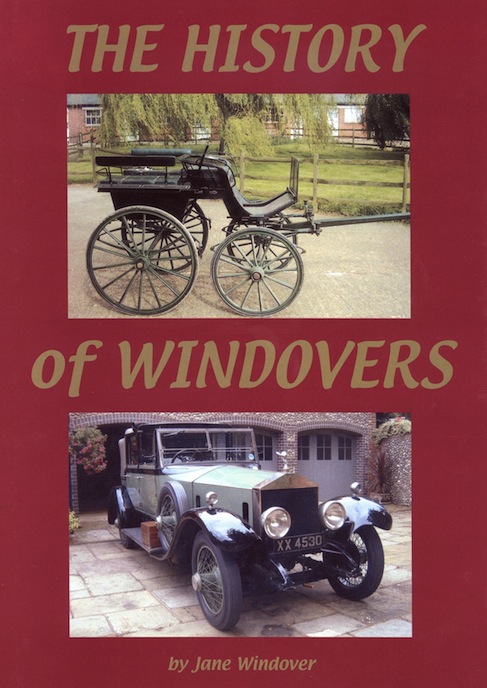


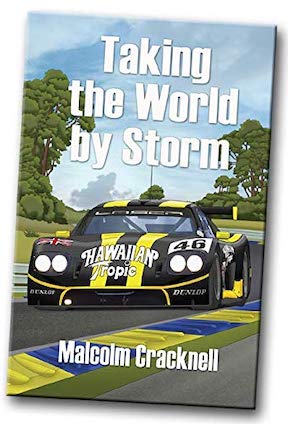
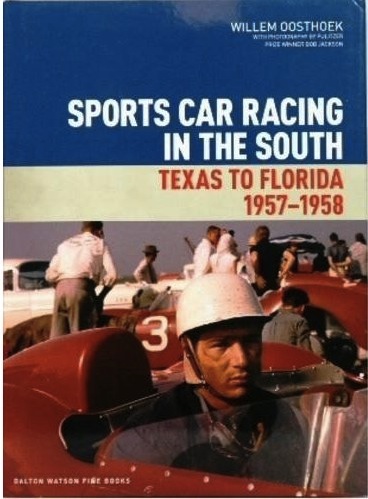
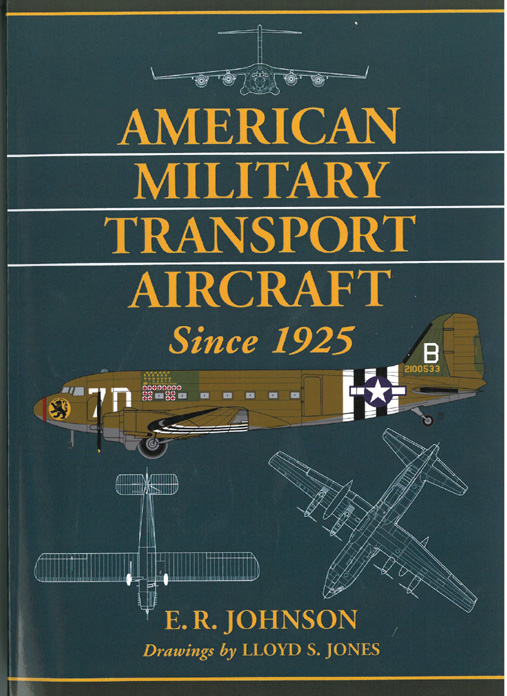
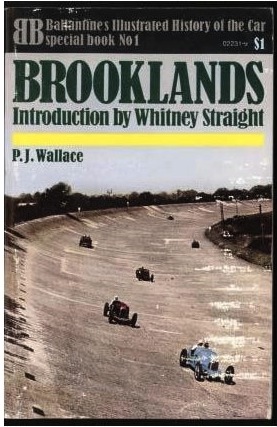


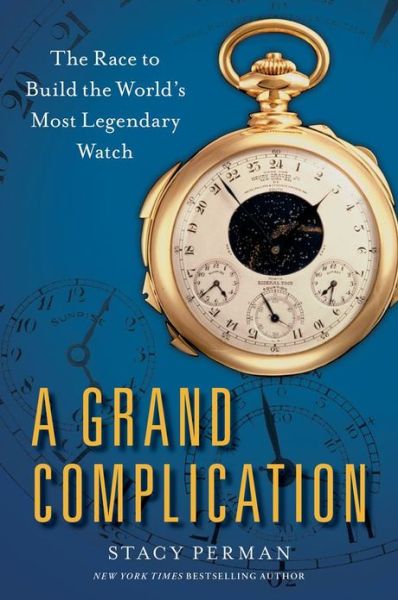
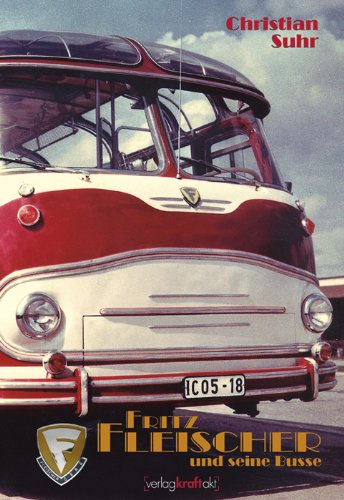
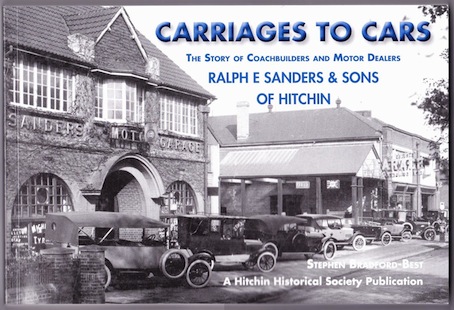
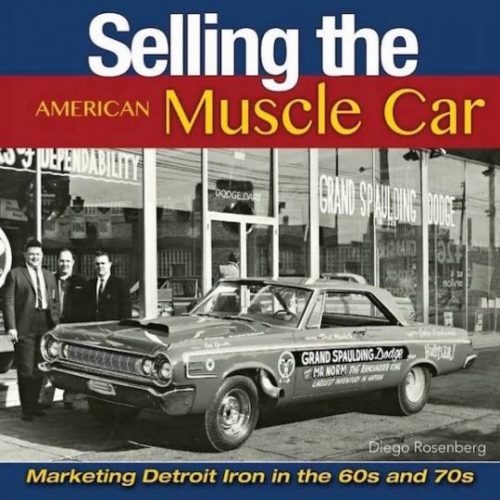
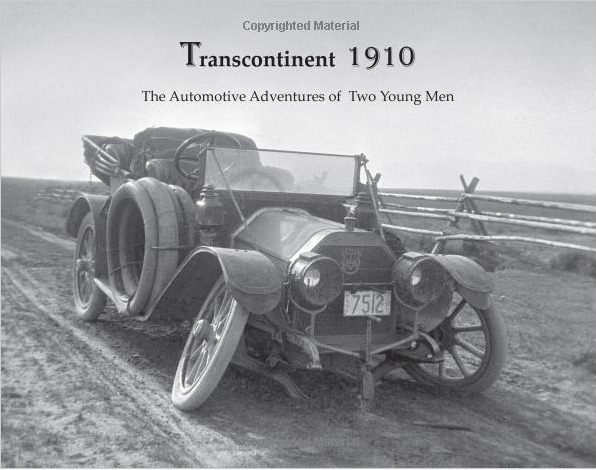

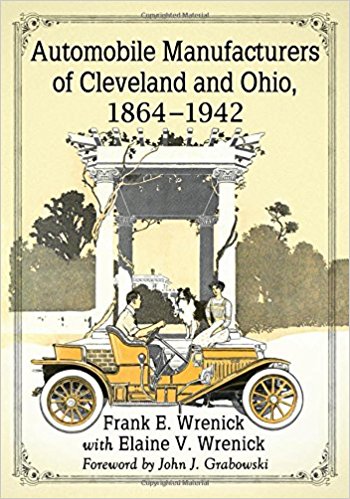
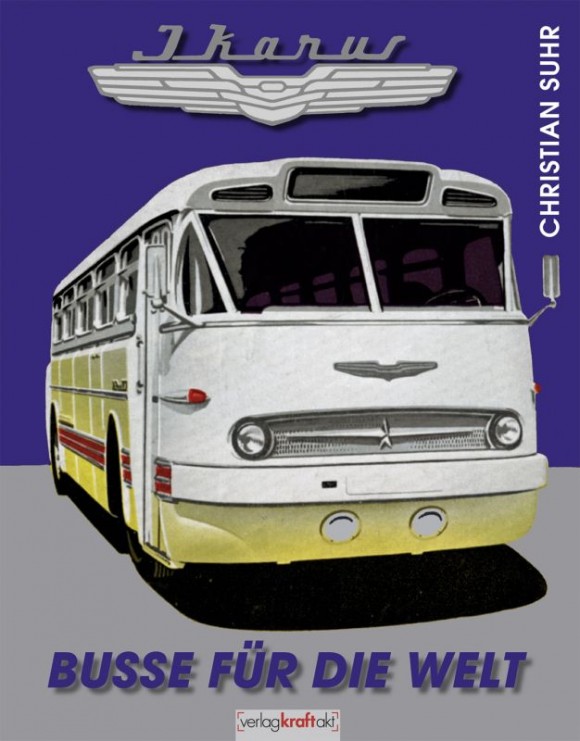


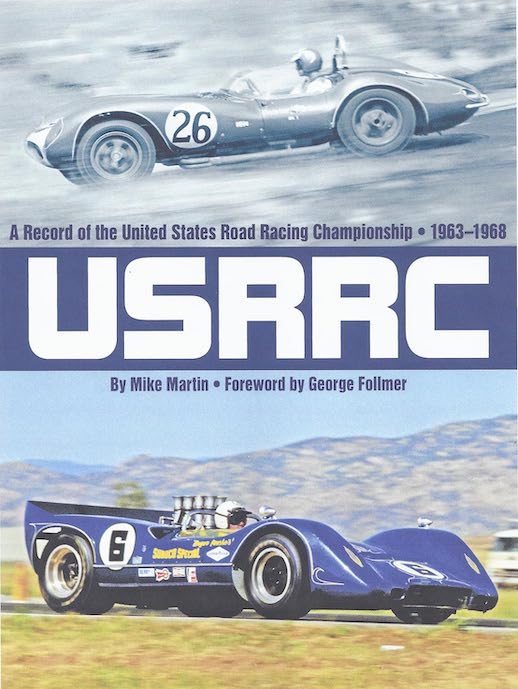
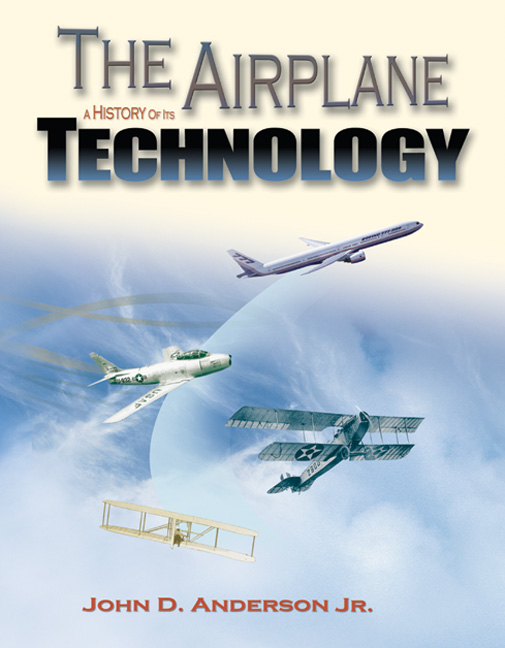
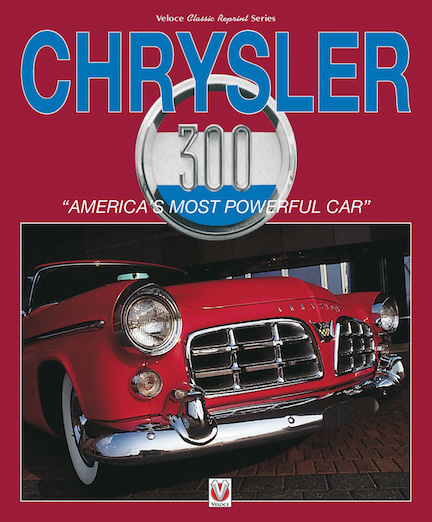

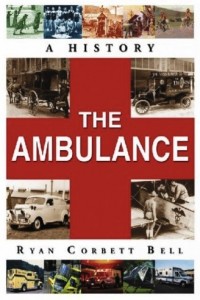
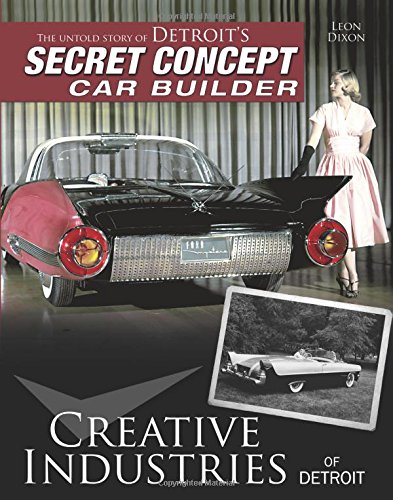

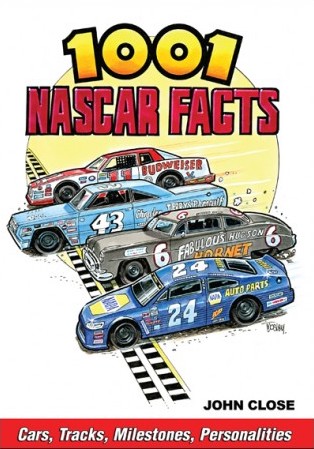

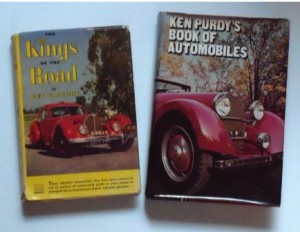
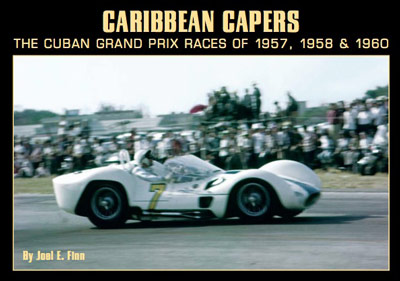

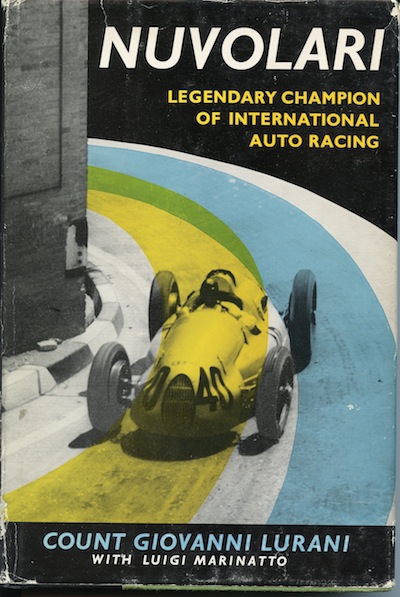
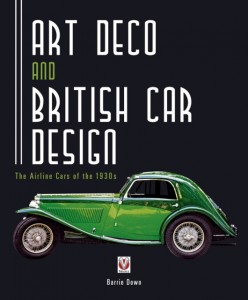

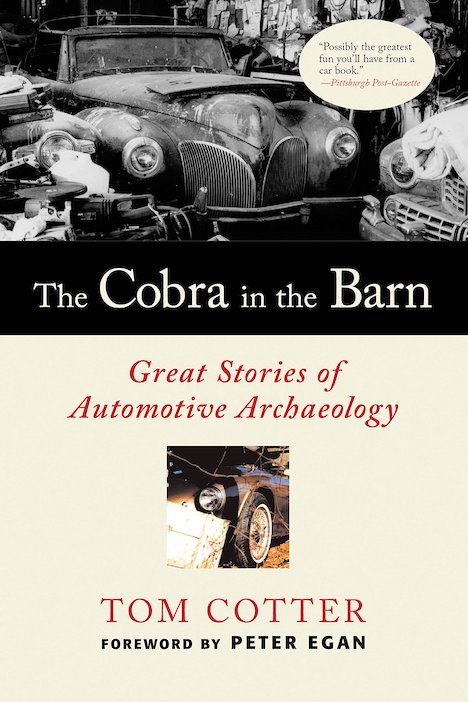
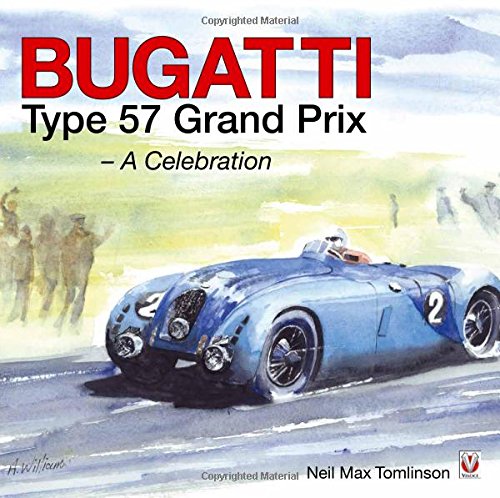

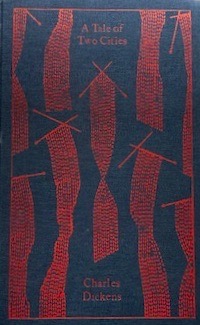

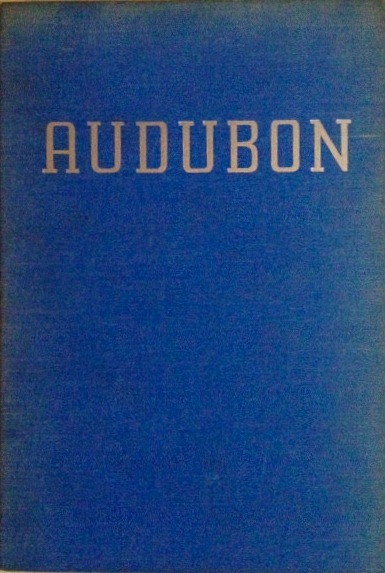

 Phone / Mail / Email
Phone / Mail / Email RSS Feed
RSS Feed Facebook
Facebook Twitter
Twitter